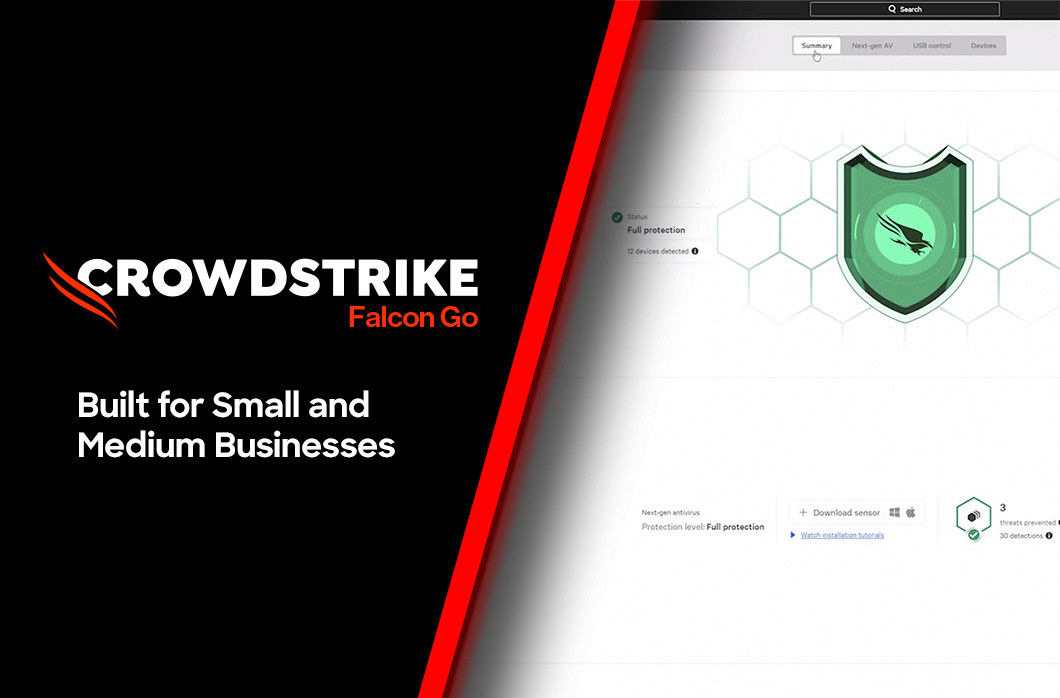Only the Transformational Will Survive

The title of this blog might seem harsh, but in today’s world we are in uncharted territory and the cold reality is that the strongest will survive and thrive, but they must transform first.
If you talk to many CEOs and CIOs these days — and I do — you’re probably hearing a lot about digital transformation. That’s good, because there’s a lot to say. My only word of advice to these leaders is, before you pull the trigger on a major digital transformation initiative, you need to transform your security first.
The global pandemic has profoundly affected businesses that rely on people leaving the shelter of their homes, gathering together in large groups or generally doing things that put individuals at risk of coming into contact with other humans. That describes pretty much every business and workplace in the world — or at least it did.
Social distancing and shelter-at-home policies have forced nearly all organizations to redistribute their workforce and seek new ways to survive and thrive in a primarily online work environment. The sudden move to a “work from anywhere” economy has been a massive driver and accelerator for digital transformation in private and public sectors globally. On its COVID-19 resource center webpage, industry analyst firm IDC states, “The pandemic underscored the importance of digital transformation in the eyes of CEOs who now find themselves at a decision point — to follow the same course of cost cutting as previous recessions have dictated — or to flatten their own organization’s recessionary curve by leveraging technology.”
Instant Transformation
Typically, massive transformations don’t occur overnight. Only in the movies. But in the case of COVID-19, government and business leaders had to act fast. It was literally a life or death decision. Many companies that had digital transformation strategies in place had to radically compress the rollout of these scenarios, from months and years to days and weeks. In large part, the transformative activity has focused on accelerated adoption of the cloud to replace outdated on-premises technologies. The ones who have been able to negotiate this pivot successfully, experiencing the least downtime, disruption and devaluation, have tended to be the ones that already accomplished a different type of transformation: a security transformation.
Shedding Light on Dark Times
CrowdStrike saw the global threat landscape take a dark turn earlier this year. As the pandemic moved out and across new geographies, we could clearly see increased threat levels — attempted intrusions, ransomware attacks and other malicious activities — moving in lockstep with the progression of the disease itself. The threat actors we track so assiduously were unrelenting in their efforts to prey on the fears of the populace and profit from the misery of others.
By and large, our customers recognized the magnitude of those threats, and we found ourselves working feverishly to help modernize and streamline their security infrastructures to pave the way for — and coincide with — their fast-tracked digital transformation plans. Even organizations that until a few years ago still considered the term “cloud security” to be an oxymoron were plunging ahead into those uncharted waters, trusting CrowdStrike’s unique cloud-native security platform to keep them and their newly distributed workforce safe. I’m proud to say we did not let them down.
In fact, the CrowdStrike Falcon®® architecture, with its single endpoint agent supporting a vast cloud repository of actionable threat data and intelligence (we call it the Threat Graph®), was in many ways built for this exact moment in time. Organizations that had deployed our platform, and thus had already undergone a security transformation away from fossilized on-premises and retro-fitted “hybrid” security solutions, didn’t miss a step as they closed their brick-and-mortar offices and facilities and sent employees home — and their workloads into the cloud.
Here are a few of the security transformation success stories our customers will be telling at our upcoming Fal.Con 2020 virtual cybersecurity summit on Oct. 15:
- The security team protecting one of the world’s largest cities was able to close its security operations center and “go remote” — without any impact on being able to do their jobs and keep the citizenry safe from cyberattacks, disruptions and outages of critical city services.
- One of the most pervasive and successful global retail chains was able to power through the pandemic and drive its digital transformation plans forward — without exposing customer data, suffering a breach or experiencing a serious security incident.
- One of the planet’s top performance- and data-driven sports teams was able to return from an enforced lockdown and immediately pick up right where it left off — setting records and scoring wins — thanks to a recent security transformation that kept its data and team members safe, while suffering no performance roadblocks to slow them down, on or off the field.
Transform Securely
History will judge us by the way we respond to today’s extraordinary challenges, and to paraphrase Winston Churchill, history isn’t always written by the victors — but it’s definitely written by the survivors. I believe the organizations that not only survive but actually thrive in this current environment will be the ones that seize the opportunity to jettison their obsolete on-premises architectures and applications, and fully commit to the cloud.
Just remember, for your digital transformation to succeed, you must transform your security, too.
Additional Resources
- Register for the Fal.Con 2020 CrowdStrike Cybersecurity Conference — a free virtual event unlike any other.
- Read the new CrowdStrike 2020 Threat Hunting Report and find out why adversaries have nowhere to hide from the Falcon OverWatchTM team.
- Learn more about the powerful CrowdStrike Falcon® platform by visiting the webpage.
- Get a full-featured free trial of CrowdStrike Falcon® Prevent™ and learn how true next-gen AV performs against today’s most sophisticated threats.


